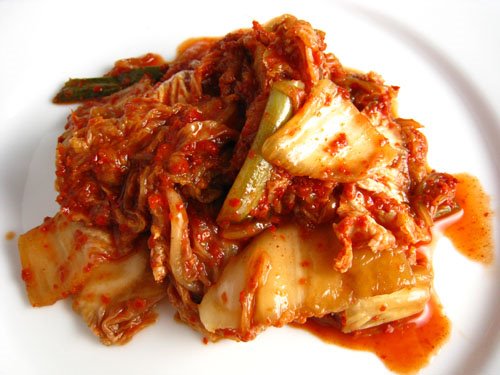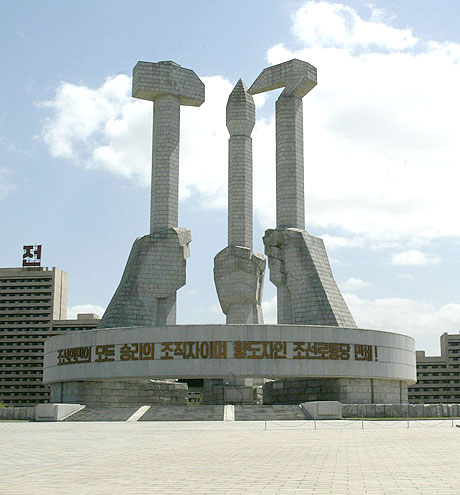It is probably true that Korean cuisine is the least well known of the Far Eastern cooking styles, featuring heavily the use of garlic chillies and fermented bean pastes.
Korea is a small peninsular attached to the eastern coast of China and separated from Japan by the Sea of Japan. Many Koreans are of Mongol descent, while both China and Japan have ruled Korea (now divided into North and South) at one time or another. Japan’s rule was from 1910 to 1945 and little Japanese influence has been allowed to remain. The Chinese influence is, however, a little more noticeable in culinary terms.
As in many other Asian countries, the predominant flavourings are soy sauce, sesame oil and seeds (usually roasted), vinegar, sugar, ginger, red chillies, garlic and soya bean pastes known as jangs.
Korean legend has it that Korea was born from a union between the son of the creator, a bear and twenty cloves of garlic. The god gave the bear garlic so that it could become human. After hibernating for 100 days, the bear reappeared as a woman who had a son Tan’gun with the god and that son founded Korea. As a consequence, garlic is imbued with divine power and the Koreans eat it in every possible way imaginable at any time of the day or night. It is frequently pickled, sometimes raw and sometimes grilled and is nearly always to be found in stews and marinades.
Korean food is hot, hot, hot as a result of the extensive use of red chillies, usually dried in strips or ground into fiery chilli powder, which is a really bright red colour.
Soya bean pastes (jangs) vary from very mild to fiery hot, depending on the ingredients. Doen jang is a fairly plain bean paste similar to Japanese miso but with a stronger bean flavour, while gochu jang (red bean past) contains chilli powder and is extremely hot. These jangs are used to flavour many different dishes.
Both the chillies, whether dried or powdered, and the jangs are stored in tall ceramic jars and every courtyard or balcony will be home to several of these.
Pickle (kimchi) is another staple of Korean cuisine and is really the national dish. It can contain any variety of vegetables but the most common is shredded Chinese cabbage mixed with white radish or cucumber and flavoured with garlic, onions, ginger, chilli, water and vinegar. This mixture is packed in a jar and left to ferment until it is sour at which time it is served with every single meal, including breakfast.
Being surrounded by water on three sides, various fish as well as shellfish and squid are commonly eaten, although beef was introduced to the diet relatively recently. Pork and chicken are also used and occasionally buckwheat noodles substituted for rice.
A typical middle class meal in Korea would consist of sticky rice, served with a stew (usually very spicey), a stir-fried or grilled dish, a vegetable simply dressed with sesame oil, soy sauce and roasted sesame seeds, and of course, the ubiquitous kimchi. The meal is eaten with thin metal chopsticks, similar to knitting kneedles and long-handled metal spoons.




Leave a reply